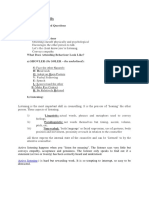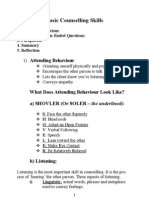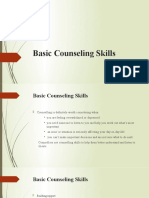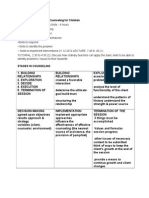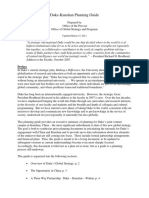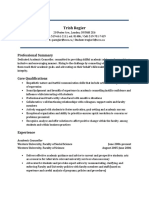0% found this document useful (0 votes)
131 views45 pagesHelping A Student or Resident in Crisis - Basic Counselling Skills For Faculty
This document provides guidance for faculty on basic counseling skills to help students or residents in crisis. It covers goals of the counseling, crisis interventions, listening skills like attending behavior and paraphrasing, asking open-ended questions, reflecting feelings, getting concrete details from students, and making referrals to professional resources. An accompanying video example demonstrates these techniques in a simulated counseling session with a distressed medical resident.
Uploaded by
aparajita70Copyright
© Attribution Non-Commercial (BY-NC)
We take content rights seriously. If you suspect this is your content, claim it here.
Available Formats
Download as PPT, PDF, TXT or read online on Scribd
0% found this document useful (0 votes)
131 views45 pagesHelping A Student or Resident in Crisis - Basic Counselling Skills For Faculty
This document provides guidance for faculty on basic counseling skills to help students or residents in crisis. It covers goals of the counseling, crisis interventions, listening skills like attending behavior and paraphrasing, asking open-ended questions, reflecting feelings, getting concrete details from students, and making referrals to professional resources. An accompanying video example demonstrates these techniques in a simulated counseling session with a distressed medical resident.
Uploaded by
aparajita70Copyright
© Attribution Non-Commercial (BY-NC)
We take content rights seriously. If you suspect this is your content, claim it here.
Available Formats
Download as PPT, PDF, TXT or read online on Scribd
/ 45
